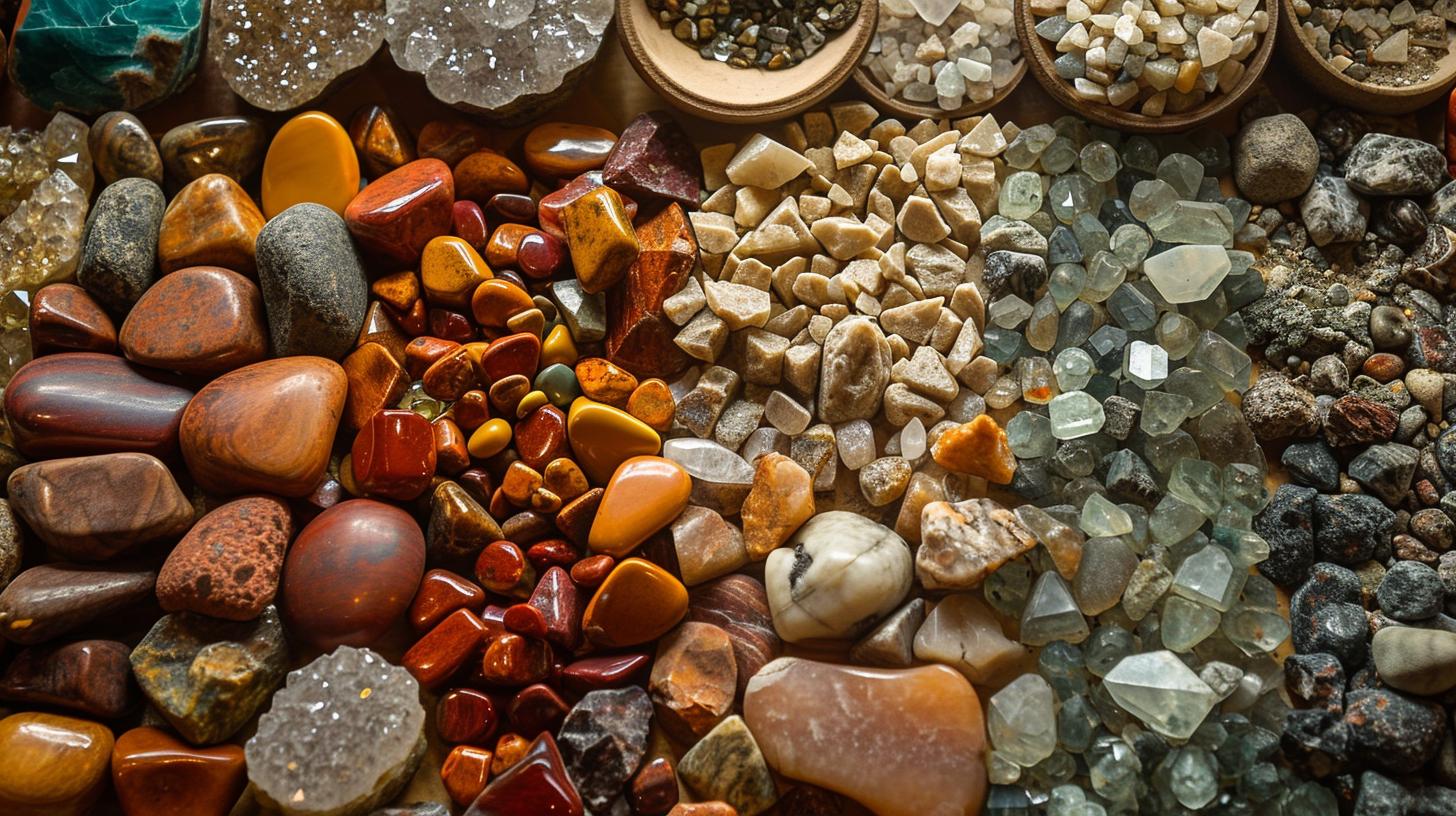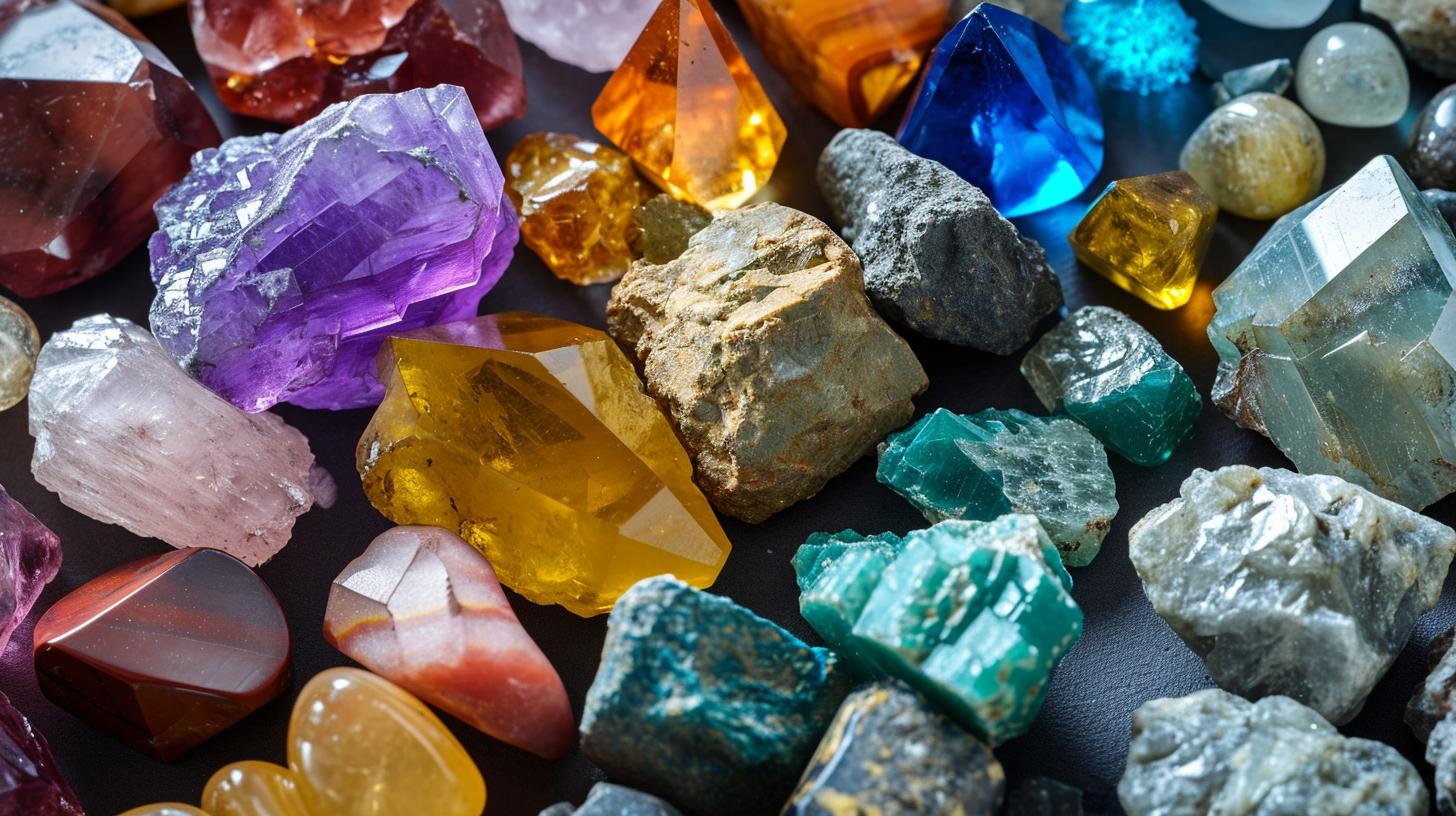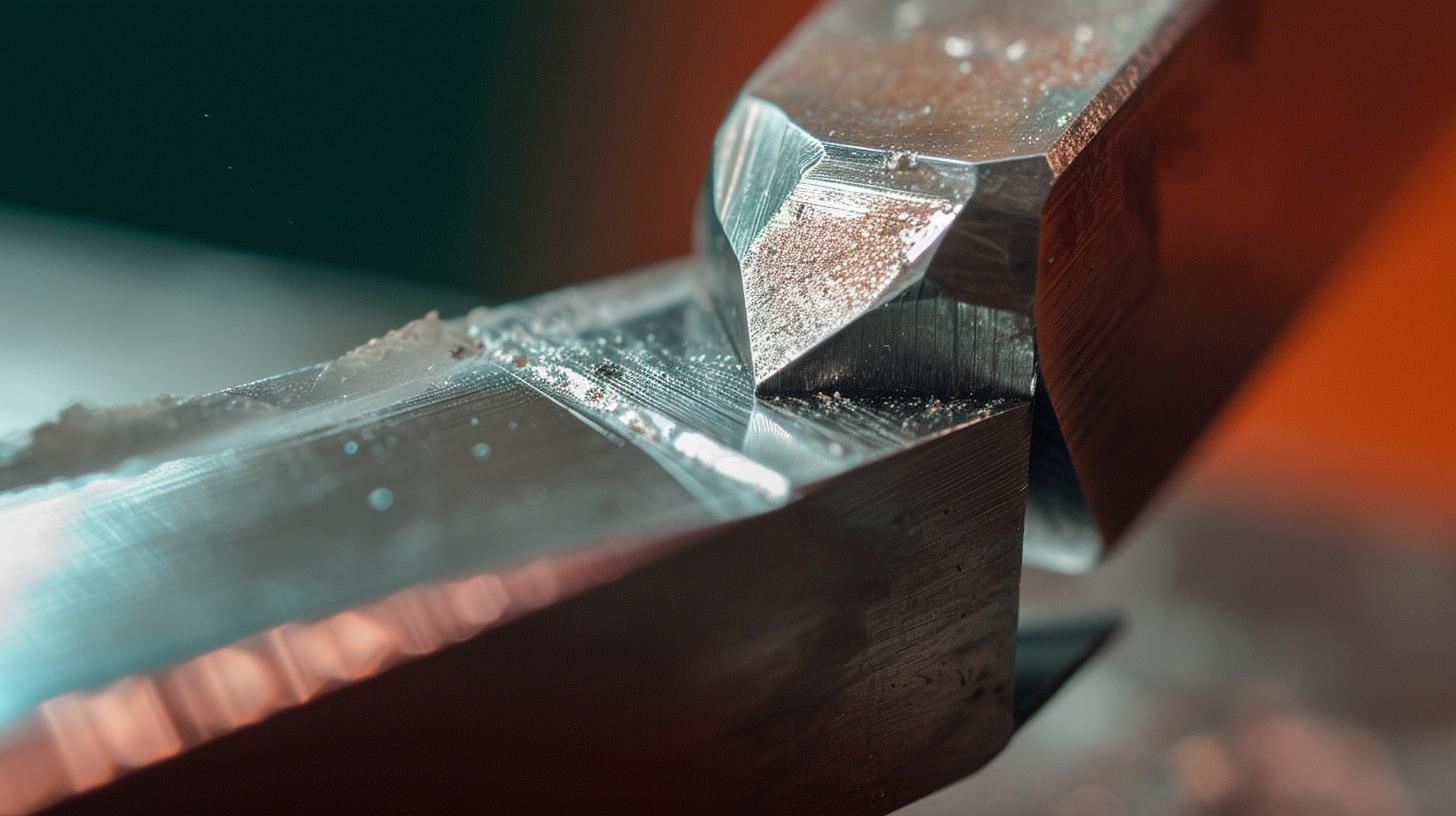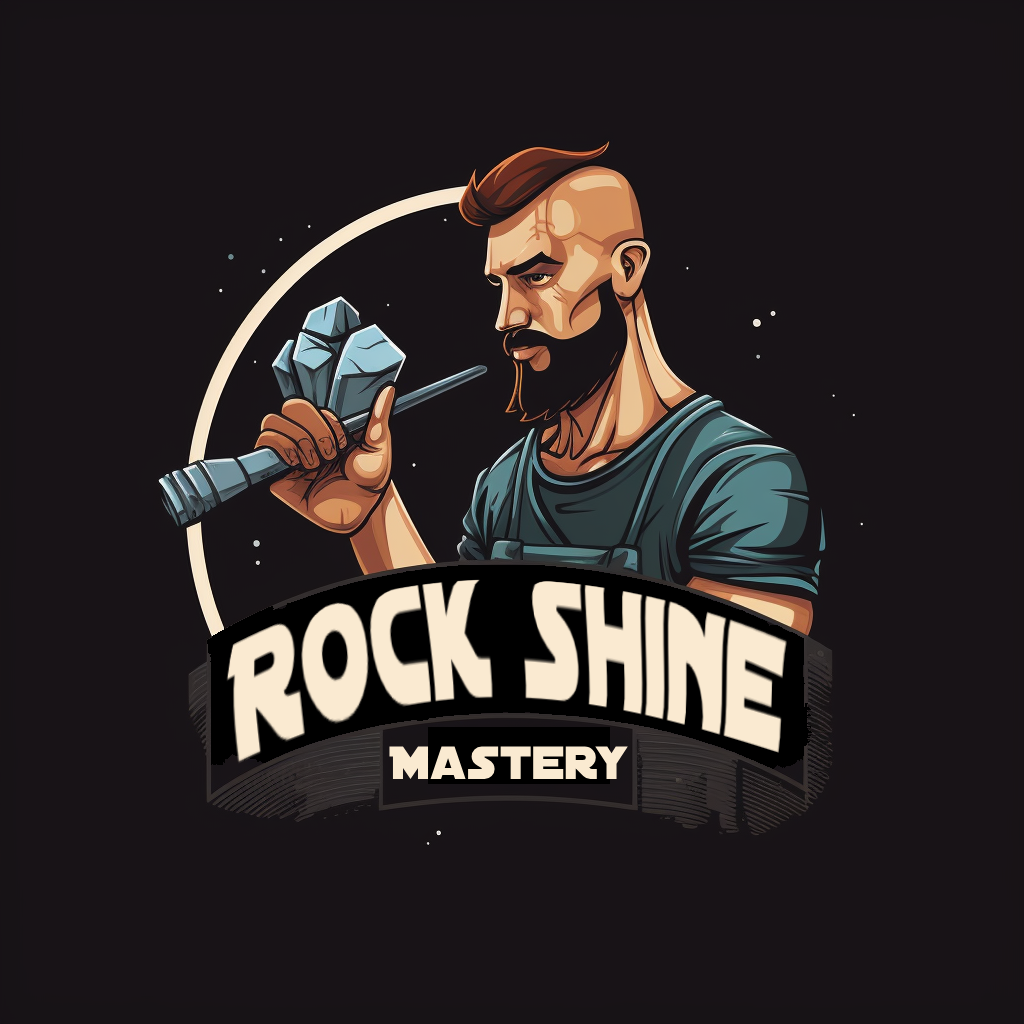What You Will Learn from This Step-by-Step Lapidary Guide
- Understanding the journey from beginner to advanced lapidary, selecting materials, mastering advanced techniques, and troubleshooting common issues.
- Step-by-step instructions for advanced faceting, cabochon cutting, gemstone carving, and polishing various gemstone materials.
- Recommendations for resources, workshops, and online communities to support step-by-step advancement in lapidary skills.

I. Introduction to Advanced Lapidary Techniques
Are you ready to elevate your lapidary skills and create stunning works of art from rough gemstone materials? Lapidary, the art of cutting and polishing gemstones, is a captivating and intricate craft that requires patience, precision, and dedication. Whether you’re an experienced enthusiast or just starting your journey, advancing to mastering advanced lapidary techniques is a fulfilling endeavor. This comprehensive guide aims to provide valuable insights and step-by-step instructions to help you achieve mastery in the art of lapidary.
Understanding the Journey from Beginner to Advanced Lapidary
For those new to lapidary, the journey often begins with basic cutting and polishing techniques. As you progress, you’ll develop a deeper understanding of the various gemstone materials and their unique characteristics. Advancing to the realm of advanced lapidary involves mastering complex faceting, cutting, carving, and polishing methods to bring out the natural beauty of gemstones.
Importance of Step-by-Step Learning for Mastering Advanced Techniques
Mastering advanced lapidary techniques requires a methodical and step-by-step approach. Each skill builds upon the foundation laid by the preceding techniques, allowing for a gradual and comprehensive understanding of the intricacies involved in working with gemstones.
Advantages and Rewards of Advancing in Lapidary Skills
Advancing your lapidary skills opens doors to creating bespoke jewelry pieces, intricate sculptures, and personalized gemstone designs. It also provides a sense of accomplishment and mastery over a craft that has been cherished for centuries, making it a deeply rewarding pursuit for enthusiasts who value patience and craftsmanship.
Now, let’s delve into the detailed steps for mastering advanced lapidary techniques, beginning with the crucial process of selecting lapidary materials.

II. Selecting Lapidary Materials
The foundation of any lapidary project lies in the selection of high-quality gemstone rough. Each material presents its own set of challenges and opportunities, making the selection process a vital step in the journey of a lapidary artist.
Exploring the Process of Selecting Gemstone Rough
Selecting gemstone rough involves assessing the color, clarity, and structural integrity of the material. It’s essential to examine the rough from different angles to identify any natural fissures, inclusions, or potential areas for cutting and shaping.
Key Considerations for Material Selection
When selecting gemstone rough, consider the intended use of the finished piece. Whether it’s a faceted gemstone, a cabochon, or a sculpted design, understanding the qualities that make a specific rough suitable for a particular technique is crucial for achieving the desired results.
Identifying Characteristics and Features in Lapidary Materials
Different gemstone materials, such as quartz, amethyst, and agate, possess unique characteristics that impact the cutting, carving, and polishing processes. Understanding these features is essential for making informed decisions when selecting and working with lapidary materials.
For a deeper understanding of the lapidary material selection process and gemstone characteristics, refer to the comprehensive guide on Gemstone Material Selection.
The next crucial phase in mastering advanced lapidary techniques involves honing the skills for advanced faceting and cutting.

III. Advanced Faceting and Cutting Techniques
Faceting gemstones is a delicate art that demands precision, patience, and an understanding of the stone’s properties. Mastering advanced faceting and cutting techniques unlocks the potential to create dazzling gemstone facets with unparalleled brilliance and clarity.
Step-by-Step Guide to Mastering Advanced Faceting
Personal Experience: Overcoming Challenges in Advanced Lapidary Techniques
Facing a Difficult Cut
I remember when I was working on a particularly challenging piece of gemstone to create a custom shape for a pendant. Despite carefully planning the cut, I encountered unexpected fractures within the stone, which could have ruined the entire project. After taking a step back, I sought advice from experienced lapidary artists in my community who guided me through the process of stabilizing the fractures and salvaging the gemstone. Their valuable insights not only saved the project but also taught me crucial problem-solving skills in advanced lapidary work.
This experience taught me the importance of reaching out to fellow enthusiasts and professionals when facing obstacles in advanced techniques. It’s a reminder that the journey of mastering advanced lapidary is not just about individual skill, but also about the supportive community that helps us overcome challenges and grow as artisans.
| Subsection | Description |
|---|---|
| Step-by-Step Guide to Cabochon Cutting | Involves shaping and polishing gemstones into smooth, domed shapes, highlighting the stone’s natural colors and patterns. |
| Selecting the Right Cabochon Shapes | Understanding the characteristics of different gemstones to determine the most suitable shapes for cabochon cutting. |
| Techniques and Equipment | Utilizing specialized saws, grinding wheels, and polishing compounds to achieve the desired cabochon shapes and finishes. |
Advancing to intricate faceting involves mastering complex cutting angles, understanding light refraction, and achieving precise meet points. This step-by-step process allows for the creation of multifaceted gemstones that exhibit exceptional brilliance and fire.
Precision Cutting Angles and Control of Meet Points
Advanced faceting requires a deep comprehension of cutting angles and the ability to control meet points with utmost precision. This level of expertise enables lapidary artists to produce gemstones with symmetrical facets and optimal light reflection.
Essential Tools and Equipment for Advanced Faceting
To achieve mastery in advanced faceting, investing in specialized cutting laps, precise angle gauges, and high-quality polishing discs is imperative. These tools are essential for executing intricate designs and achieving flawless finishes on gemstone facets.
For a comprehensive guide on advanced faceting and cutting techniques, consider exploring the detailed instructions in the book “DIY Lapidary: The Art of Working with Gemstones for Absolute Beginners” by Mark Cutler.
The journey to mastering advanced lapidary techniques continues with the intricate art of cabochon cutting.
FAQ
Q: Who can benefit from a step-by-step lapidary guide?
A: Anyone interested in advanced lapidary techniques can benefit from a step-by-step guide.
Q: What does a step-by-step lapidary guide cover?
A: It covers advanced techniques such as cabochon cutting, inlay work, and stone carving.
Q: How can I find a reliable step-by-step lapidary guide?
A: Look for guides from experienced lapidary experts with detailed instructions and illustrations.
Q: What if I don’t have all the necessary equipment?
A: Many guides offer alternative methods or suggestions for equipment substitutions.
Q: How long does it take to master advanced lapidary techniques?
A: Mastery varies, but consistent practice and following a guide can expedite the learning process.
Q: What if I make mistakes while following the guide?
A: Mistakes are part of the learning process; many guides include troubleshooting tips.

